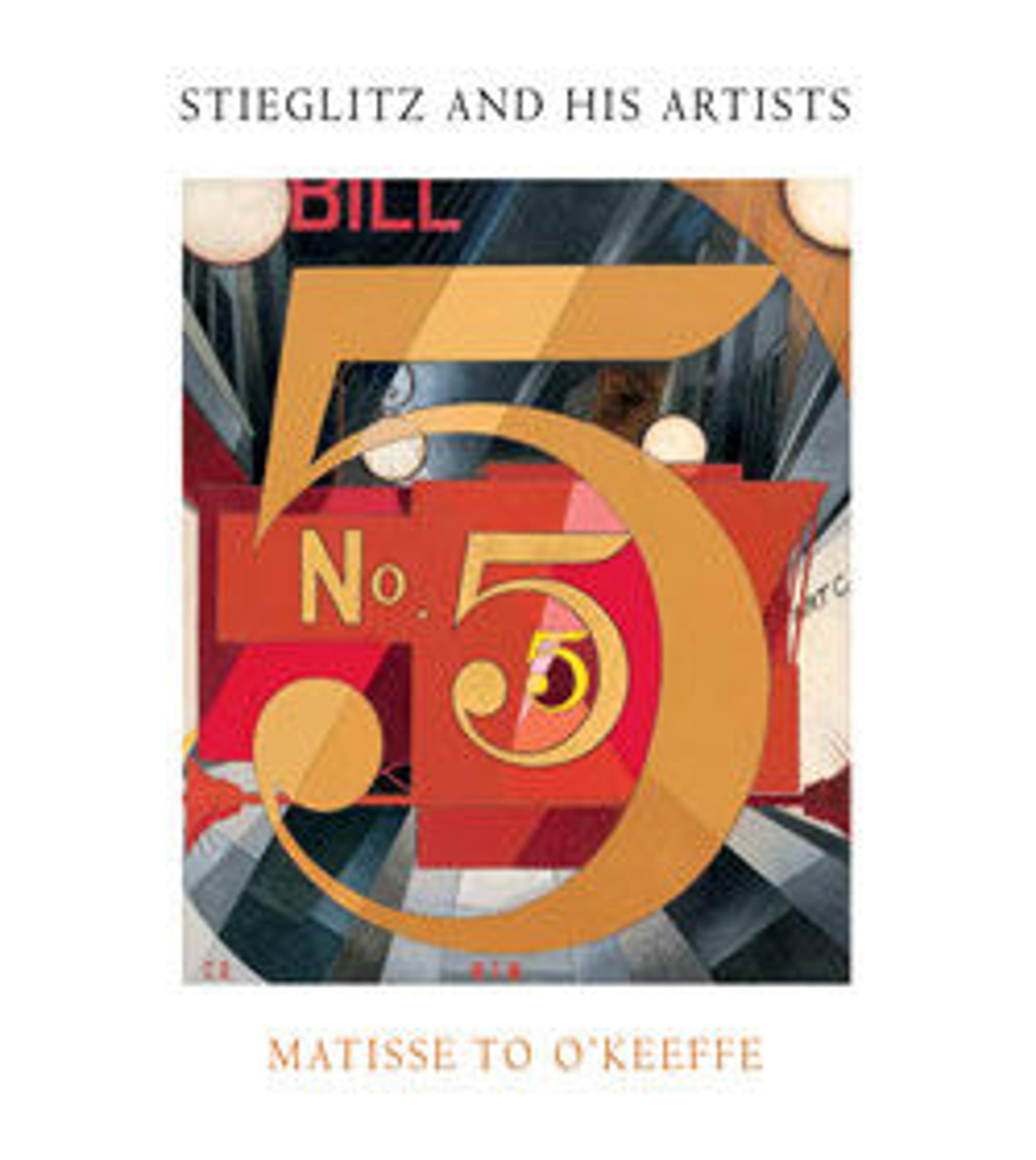Marion Beckett
With her good friends from the 291 gallery, Katharine Rhoades and Agnes Meyer, Marion Beckett (1886–1949) often visited the photographer Edward Steichen and his family at their home in France. In this idyllic setting, Beckett focused on her own painting (which was shown at 291 in 1915), while also serving as an inspiration for Steichen. Described by Agnes Meyer as one of "the most beautiful young women that ever walked this earth," Beckett was more gentle and reserved than the other "Three Graces" (Rhoades and Meyer). Here, in one of his most geometric and starkly simple compositions, de Zayas gives her an expression of wide-eyed innocence, defining only her catlike eyes and a few wisps of hair. Undermining her serenity, however, are the massive blocks of black charcoal, peaked and threatening on all sides, that perhaps allude to rising tensions within the Steichen household over his alleged infidelities.
Artwork Details
- Title: Marion Beckett
- Artist: Marius de Zayas (Mexican, Veracruz 1880–1961 Stamford, Connecticut)
- Date: ca. 1915
- Medium: Charcoal and graphite on paper
- Dimensions: 24 1/2 × 18 3/4 in. (62.2 × 47.6 cm)
- Classification: Drawings
- Credit Line: Alfred Stieglitz Collection, 1949
- Object Number: 49.70.189
- Curatorial Department: Modern and Contemporary Art
More Artwork
Research Resources
The Met provides unparalleled resources for research and welcomes an international community of students and scholars. The Met's Open Access API is where creators and researchers can connect to the The Met collection. Open Access data and public domain images are available for unrestricted commercial and noncommercial use without permission or fee.
To request images under copyright and other restrictions, please use this Image Request form.
Feedback
We continue to research and examine historical and cultural context for objects in The Met collection. If you have comments or questions about this object record, please complete and submit this form. The Museum looks forward to receiving your comments.
